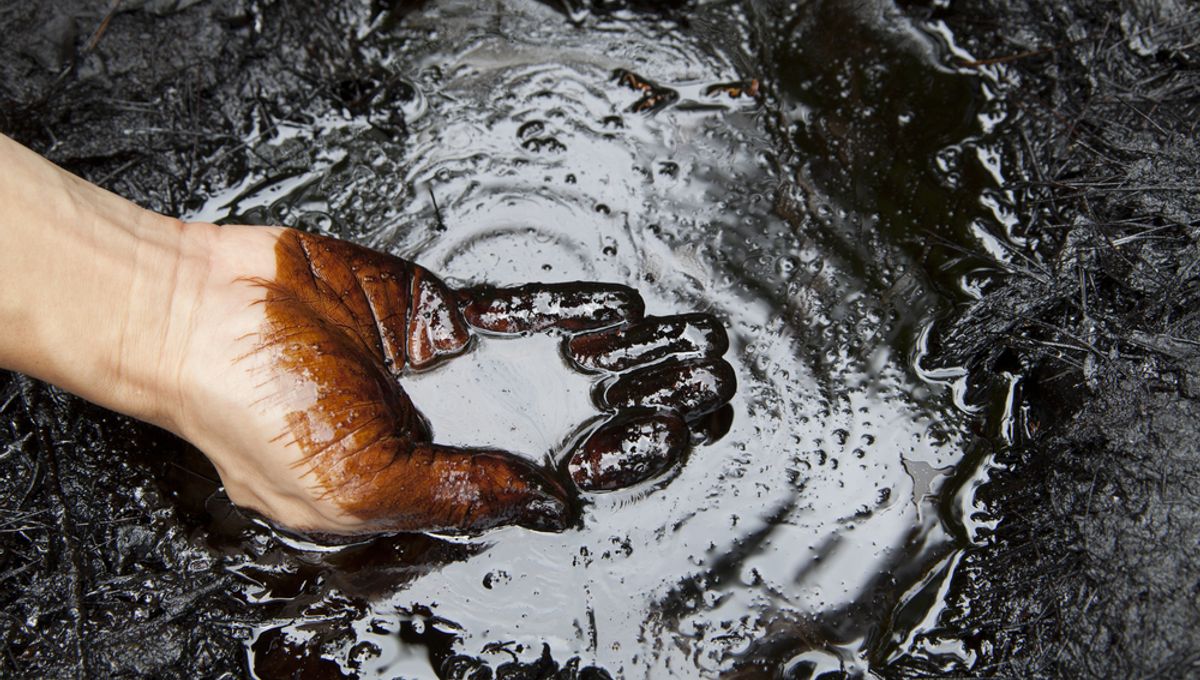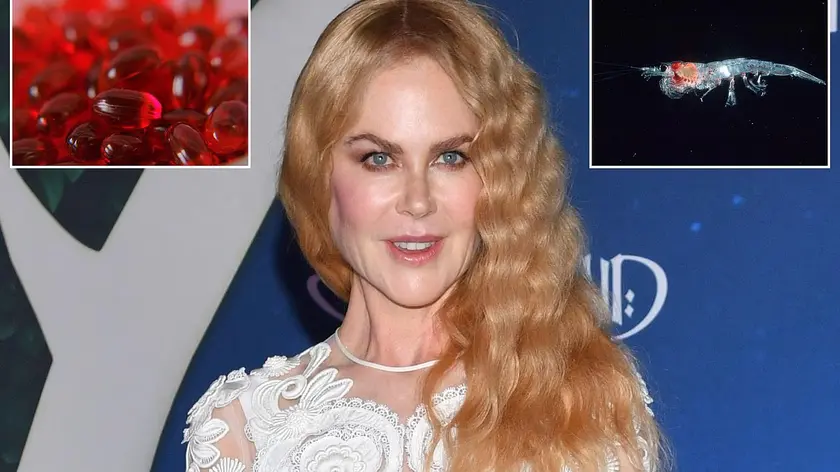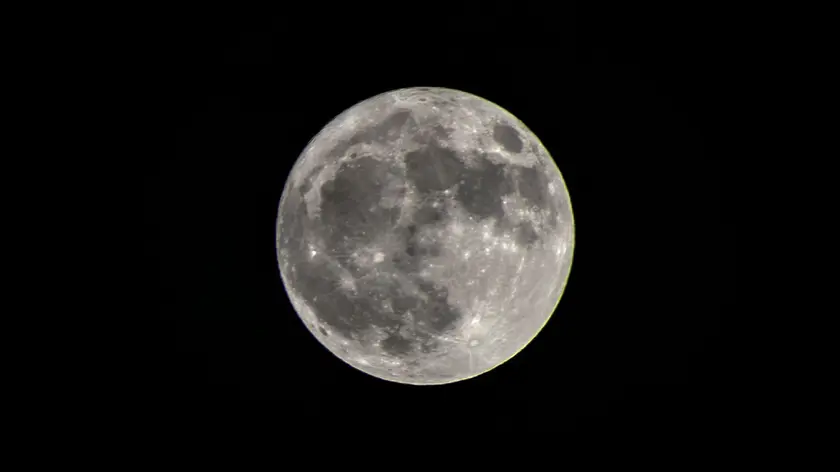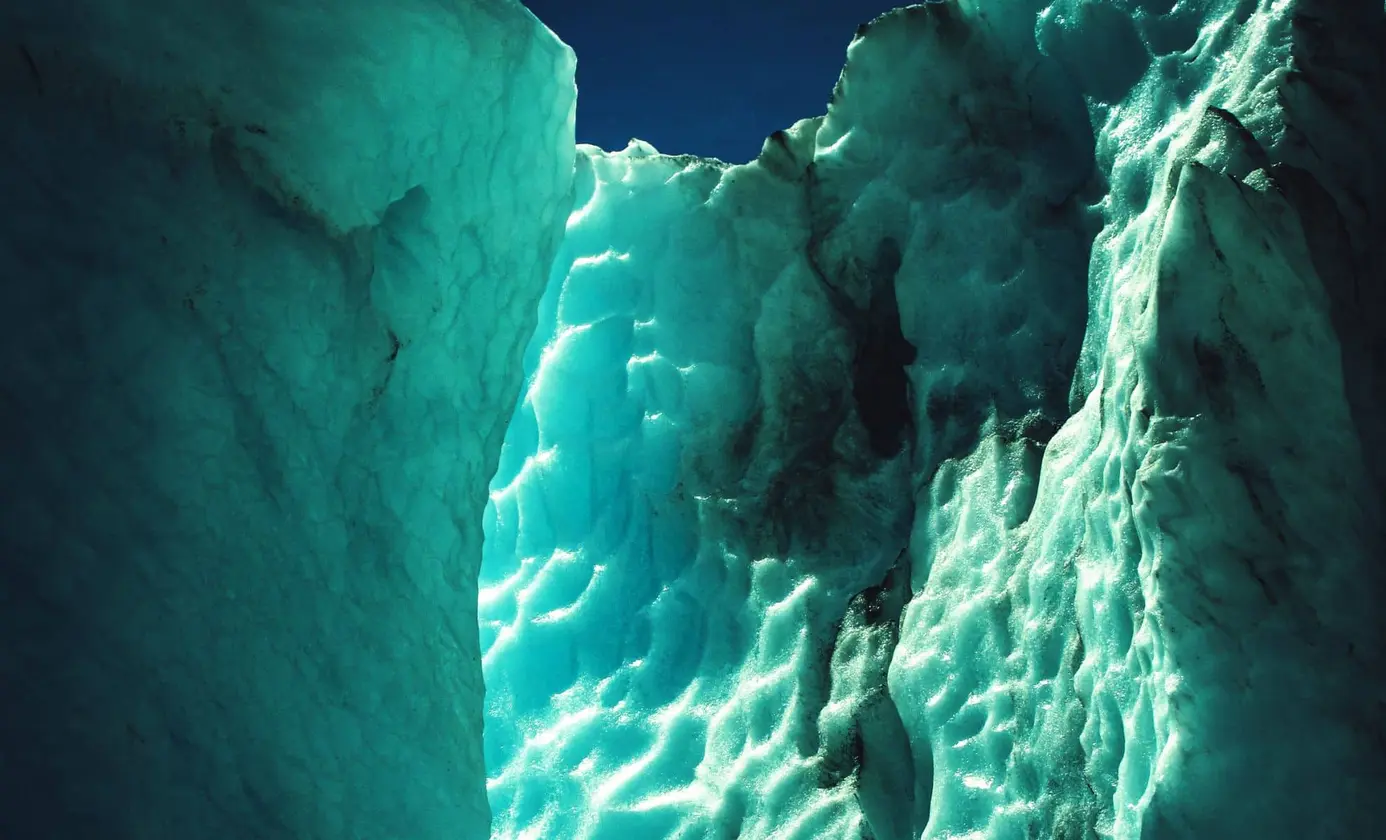T4K3.news
Antarctic glow explained by plankton
New study links diatoms and coccolithophores to bright patches seen in satellite images of the Southern Ocean.

New research links the Antarctic glow seen from space to two microscopic plankton groups and their mineral shells.
Antarctic Ocean Glow Explained by Diatoms and Coccolithophores
Scientists spent years puzzled by bright patches in satellite images of the Southern Ocean near Antarctica. A study in Global Biogeochemical Cycles attributes the glow to two microscopic plankton groups: silica rich diatoms and calcium carbonate bearing coccolithophores. The Great Calcite Belt helped explain part of the effect, but darker southern waters remained a mystery until researchers sailed to 60 degrees latitude to sample the water column. Barney Balch and colleagues used a research vessel and instruments that measure chemistry, light and biology at multiple depths, linking surface signals to conditions deep in the ocean.
By combining surface observations with direct samples of minerals and plankton, the team found diatoms with silica shells scatter light in the cold southern waters, while coccolithophores occur in smaller numbers and can seed across the Polar Front. This mix helps explain how carbon is stored and moved in one of the planet's largest carbon sinks. The work also calls for better satellite algorithms to distinguish plankton types and for field campaigns that ground truth what satellites can see, especially as warming changes ocean circulation.
Key Takeaways
"Satellites only see the top several meters of the ocean, but we were able to drill down with multiple measurements at multiple depths. We have never had such a complete suite of integrated measurements through the water column in this part of the ocean."
Balch explains how field work complemented satellite data
"We’re expanding our view of where coccolithophores live and finally beginning to understand the patterns we see in satellite images of this part of the ocean we rarely get to go to. There is nothing like measuring something multiple ways to tell a more complete story."
Balch on the significance of the discovery
"'seed populations' describe how eddies move coccolithophores into new zones"
Mentioned concept related to plankton distribution
This breakthrough shows the value of integrated science. It moves the debate from surface brightness to the deeper reality of the water column. It also hints at how climate models might be refined by distinguishing plankton types and their mineral signatures rather than relying on surface color alone.
Yet readers should note that the polar seas remain under study, and the results depend on year to year conditions. The finding invites more field work to understand how blooms shift with season and change. The broader take is that ocean science is a puzzle solved piece by piece, not a single revelation that ends the mystery.
Highlights
- Satellites only see the top several meters of the ocean, but we were able to drill down with multiple measurements at multiple depths.
- We’re expanding our view of where coccolithophores live and finally beginning to understand the patterns we see in satellite images of this part of the ocean we rarely get to go to.
- There’s nothing like measuring something multiple ways to tell a more complete story.
The glow is a reminder that the sea still holds many light secrets.
Enjoyed this? Let your friends know!
Related News

SpongeBob Characters Tied To Seven Deadly Sins

Understanding the Origins of Oil Expanded

New study finds krill oil helps in effective weight loss

Innovative IMAX Cameras Introduced For The Odyssey

Experts question value of trendy wellness smoothies

Full Moon Observation

Ryan Coogler consults Nolan on IMAX for Sinners

Latest trends show UK pub food is declining
